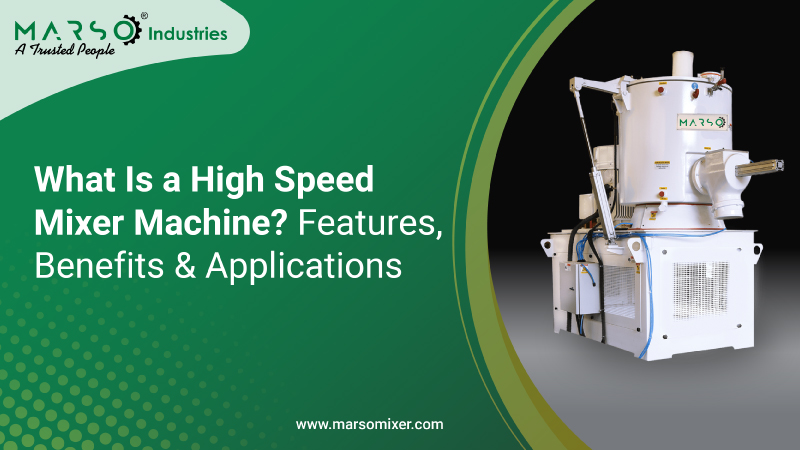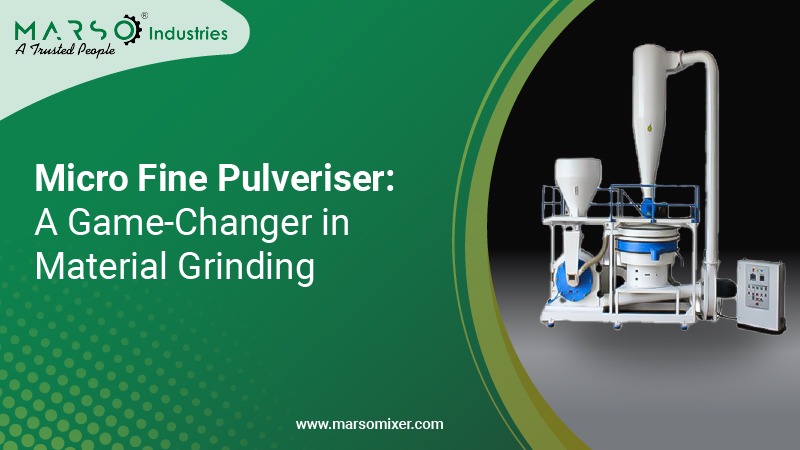Pressure Conveying Systems Benefits: Pressure Conveying vs Vacuum Conveying

The Role of High-Speed Heater Mixers in Modern Plastic Processing
February 17, 2025
Efficient High-Speed Heater Cooler Mixers for PVC Industry
March 17, 2025Material conveying plays a crucial role in industrial processes, particularly in industries like plastics, food, pharmaceuticals, and chemicals. Among the different material handling methods, pressure conveying systems and vacuum conveying systems are widely used for efficiently transporting bulk materials through pipelines.
This article will explore the benefits of pressure conveying systems, compare them with vacuum conveying, and help you determine which system is best for your application.
What is a Pressure Conveying System?
A pressure conveying system is also known as Pneumatic conveying systems a type of pneumatic conveying method where compressed air or gas pushes materials through a pipeline to a receiving hopper. This method is ideal for moving bulk materials over long distances with high efficiency.
Key Components of a Pressure Conveying System
- Blower or Compressor – Generates the required air pressure to transport materials.
- Feed System (Hopper, Screw Feeder, or Rotary Valve) – Regulates material flow into the pipeline.
- Pipeline and Elbows – Transport materials from the source to the destination.
- Receiving Hopper with a Separator – Collects the conveyed material while separating the air.
- Dust Collection System – Prevents material loss and maintains air quality.
What is a Vacuum Conveying System?
A vacuum conveying system operates by creating a suction force that pulls materials through a pipeline. Instead of pushing materials, it uses a vacuum pump to generate negative pressure, pulling materials toward a receiving container.
Key Components of a Vacuum Conveying System
- Vacuum Pump or Blower – Creates the necessary suction force.
- Feed System (Hopper or Pickup Point) – Introduces materials into the system.
- Conveying Pipeline – Transports materials through suction.
- Receiving Hopper or Filter Separator – Collects the conveyed material and separates air.
Pressure Conveying vs. Vacuum Conveying: Key Differences
| Feature | Pressure Conveying System | Vacuum Conveying System |
| Operating Principle | Uses compressed air to push materials | Uses a vacuum pump to pull materials |
| Best for Distance | Suitable for long distances (100m+) | Best for short to medium distances (30-50m) |
| Material Types | Works well with denser and larger particles | Ideal for fine powders and fragile materials |
| Energy Efficiency | More energy-efficient for large-scale operations | Requires more power for long-distance conveying |
| Installation Cost | Can be higher due to complex components | Generally lower due to simpler setup |
| Maintenance | Lower maintenance needs due to fewer moving parts | Requires more frequent filter cleaning |
Key Benefits of Pressure Conveying Systems
- Suitable for Long-Distance Conveying
Pressure conveying is ideal for transporting materials over long distances (100 meters or more). Unlike vacuum systems, which have limited suction power, pressure systems maintain a steady material flow over extended pipelines.
- Handles High Material Volumes
Pressure conveying systems efficiently transport large volumes of material, making them perfect for industries like plastics, chemicals, and cement, where bulk materials need to move continuously.
- Energy-Efficient for Bulk Materials
While both systems consume energy, pressure conveying is more efficient for large-scale operations. Compressors and blowers generate consistent pressure, reducing energy consumption per unit of material transported.
- Reduced Risk of Material Degradation
Unlike vacuum systems, where materials experience more turbulence, pressure conveying minimizes particle degradation. This is crucial for industries that handle sensitive products like plastic pellets, food powders, and pharmaceuticals.
- Works Well with Denser Materials
Pressure conveying systems can handle heavier and denser materials, whereas vacuum systems are more suited for lightweight or fragile materials. This makes pressure conveying a preferred choice for plastic processing, cement, and metal powders.
- Minimal Filter Maintenance
Vacuum systems rely on filters to separate air from materials, requiring frequent maintenance. In contrast, pressure conveying uses a receiving hopper with a separator, which reduces filter clogging and minimizes maintenance efforts.
- Better for High-Pressure Applications
Industries that require high-pressure material transport, such as the plastic processing industry, benefit more from pressure conveying. The system ensures continuous and uninterrupted flow, which is essential in manufacturing processes.
Choosing Between Pressure and Vacuum Conveying
The decision between pressure and vacuum conveying depends on:
- Material Type: If handling heavy materials, go for pressure conveying. If working with fine powders, vacuum conveying may be better.
- Distance & Volume: Pressure conveying is best for long distances and high volumes; vacuum is ideal for short distances and smaller batches.
- Energy Considerations: If energy efficiency is a priority, pressure conveying is better for bulk transport.
- Maintenance Requirements: If you want less frequent maintenance, pressure conveying is the better option.
Final Thoughts
Both pressure conveying and vacuum conveying have their strengths. However, pressure conveying systems provide greater efficiency for long-distance, high-volume, and dense material transport. If you’re in the plastic processing, chemical, or cement industry, a pressure conveying system with a receiving hopper, screw feeder, and vibro siever can significantly improve your material handling process.
For more information on pressure conveying systems, check out Marsomixer’s solutions.




